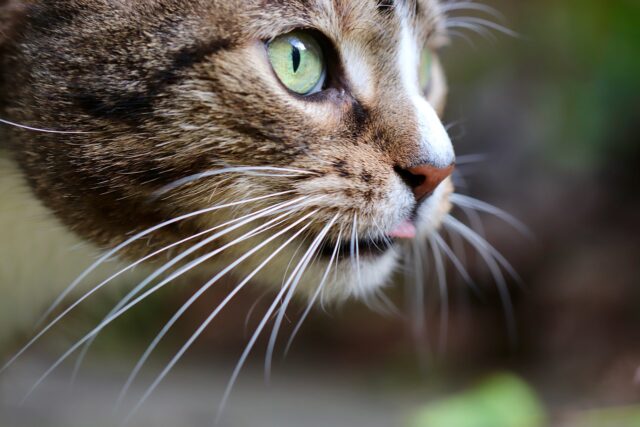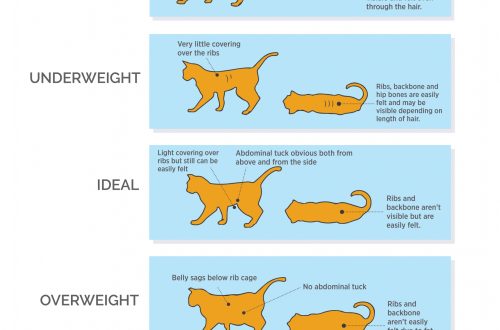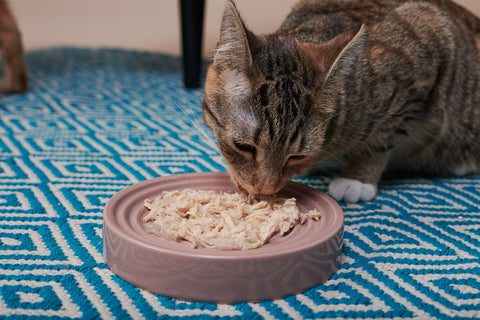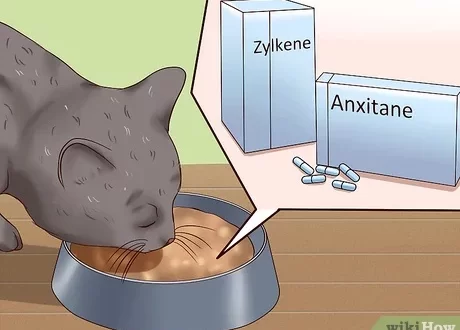
Тајне мачјих бркова
Why do cats need whiskers and what is it? Whiskers, or vibrissae, are an important sensory organ that helps the cat to obtain additional information about the environment, for orientation in space even in dark and cramped places, and helps to recognize objects close to the muzzle.
The fact is that cats are farsighted, and they do not see objects in the immediate vicinity of the muzzle, this can be seen when a cat cannot find a tasty piece that has just been thrown right under its nose. The whiskers are located on the pads near the nose of the cat, on the eyebrows, chin, cheeks and on the inside of the paws. Cats have an average of 30 to 40 whiskers, and most of them are on the whiskers on the upper lip of the cat, it is these whiskers at the base that are surrounded by muscle fibers, and the cat can move them in the right direction. When sniffing objects, they are directed forward; when playing, hunting, sorting out relations with relatives and other animals, receiving treats from hands and eating food from the floor, the mustaches are fluffy and bristle like a thick fan in order to accurately determine where and what is next to the muzzle, and not miss anything. In a calm state, the whiskers are relaxed and directed along the cheeks. When eating and drinking from a bowl, as well as fright, the mustache is pressed to the cheeks. By the way, it is the whiskers that can explain the fact that the cat eats food from the center of the bowl and leaves it around the edges: she does not notice it – she presses her whiskers to her cheeks, and it is impossible to determine that the food remains. Therefore, wide shallow bowls are more convenient for cats. Vibrissae may differ depending on the breed of cat: in Cornish and Devon Rex, and other breeds with curly hair and not quite hairless sphinxes, the whiskers are thin, wavy and can be short, in completely hairless sphinxes there are no whiskers at all, in Persian and exotic cats with a short nose, the whiskers are directed forward and down, and not as mobile as in cats with a normal nose length. The whisker color is most often lighter than the main color of the cat, and remains white in many colors. However, more rarely, the whiskers may be the same color as the rest of the coat, all or just a few. In addition, the vibrissa itself may be partially colored, usually darker at the muzzle and lighter at the tip. If suddenly a fallen cat’s whisker is found in the apartment – there is no need to worry: from time to time the whiskers fall out, and a new one grows in place of the fallen one, this is a natural process – after all, the cat uses vibrissae every day, and you can’t do without updating! In no case should you cut your cat’s mustache, because it will be more difficult for her to navigate. It is possible to deprive a cat of whiskers only if for medical reasons. If the mustache does not fall out completely, but breaks, the root remains in place, or too many mustaches fell out at once, and new ones are in no hurry to grow in their place – it may be worth reconsidering the cat’s diet, pay attention to whether the second pet gnaws the cat’s mustache ( and it happens!) and visit a veterinarian for a checkup.





